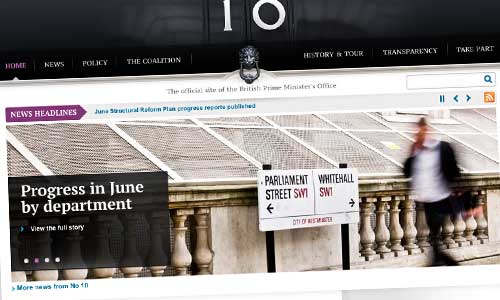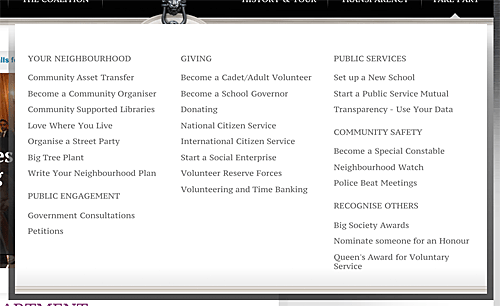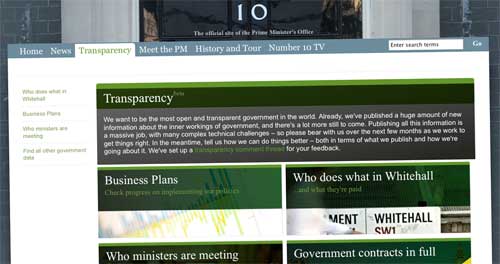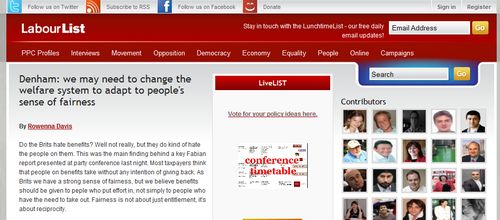One of the most prominent WordPress installs in the UK is under new management: Nick Jones, formerly Director of Interactive Services at the (now doomed) COI, has been appointed Head of Digital for the (now merged) Downing Street / Cabinet Office operation. He replaces former Tory staffer Rishi Saha, who quit government for a PR job based in Dubai.
New Media Age reports:
As head of digital for the Prime Minister’s office and Cabinet Office, Jones will oversee all digital communications, including the Number 10 and Cabinet Office websites. He will also continue with his COI duties.
Both sites have, of course, been redesigned in the last 12 months: the former staying on WordPress, the latter moving to Drupal late last year. We’ve also had a number of WP-based microsites from the Cabinet Office crew. So they know their open source on that team, as does Nick, so there are grounds for optimism… although of course, the next six months will (in theory) see departments’ independent web presences being run down, in favour of the (ahem) bespoke unified presence. But I don’t want to prod that particular hornet’s nest again quite yet.
It’s interesting to see a civil servant taking up the role, following on from the political appointment of Rishi Saha: and given the imminent shake-up in government comms, not just online, it’s unquestionably the right thing to do. We need someone in that position of key influence who understands government as a whole – not technology, not politics – and there’s no questioning Nick’s experience in that regard.
Good luck, Nick. It’s a job which, publicly, can be more about limiting criticism than earning praise. But there’s no more influential role in digital government. Use it well, sir.







